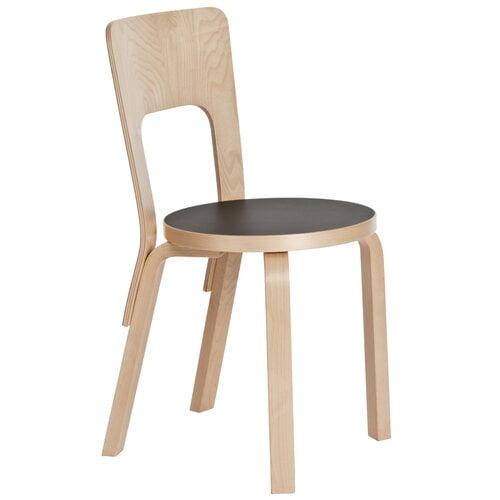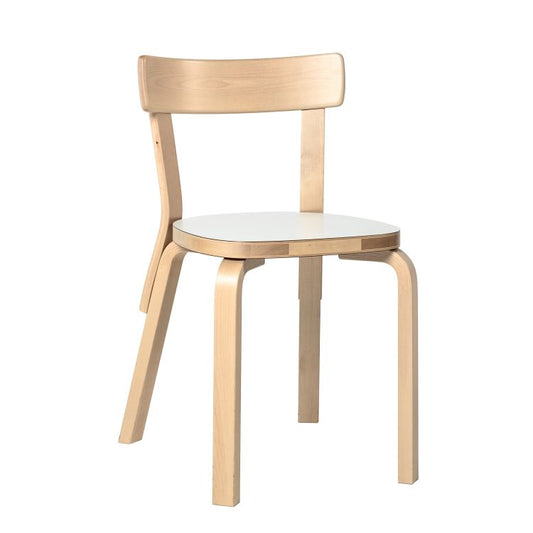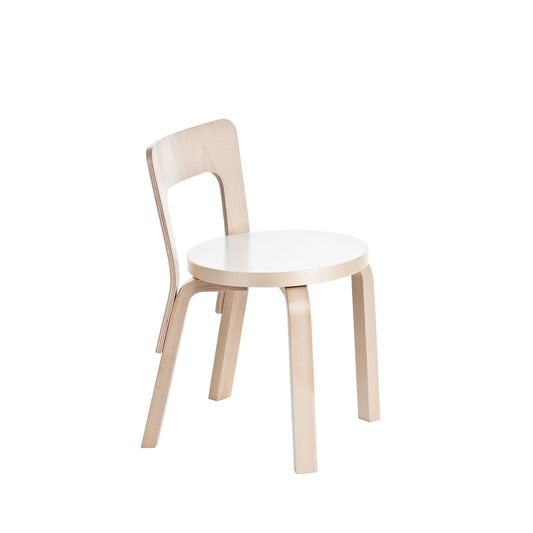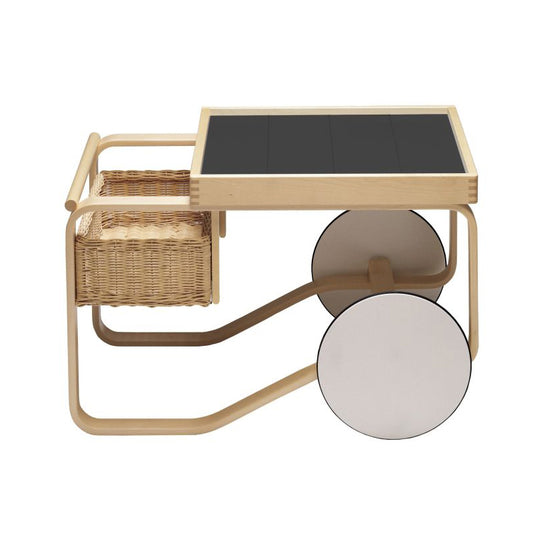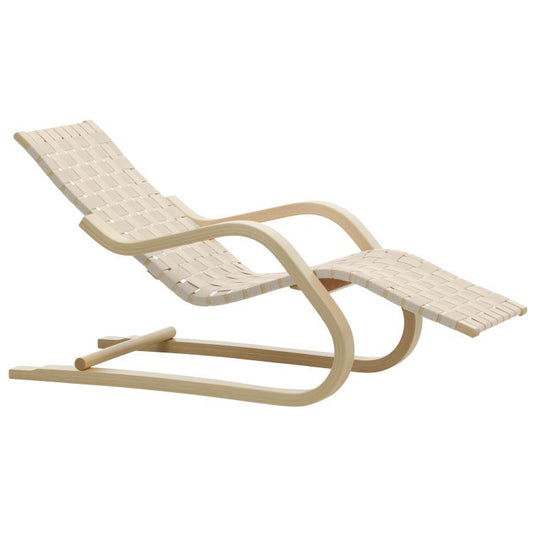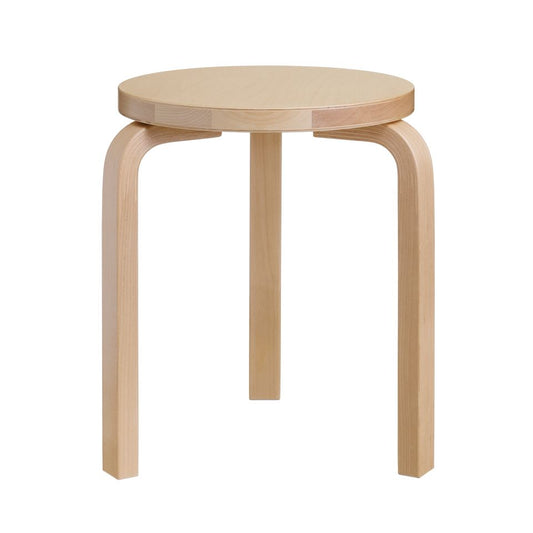Collection: Alvar Aalto
Alvar Aalto (Kuortane, February 3, 1898 - Helsinki, May 11, 1976) was one of the most influential 20th-century architects and designers. After obtaining his degree in architecture from the Helsinki Institute of Technology in 1921, Aalto opened his first office in the city of Jyväskylä. While his early works followed the canons of Nordic classicism, he discovered the new international style on a series of European trips in the 1920s-30s with his wife and colleague Aino Marsio. From then on, Aalto adhered to the modern movement and became an active member of CIAM (Congrès Internationaux d'Architecture Moderne). Throughout his career, he was able to bring innovation to the movement, combining purely functional solutions with organic forms and natural materials, a perfect match for his Nordic sensibility.
In 1936, he designed a vase for a competition organised by the Karhula-Iittala glass factory, which was presented the following year at the International Exhibition in Paris and then used to decorate the Savoy Hotel in Helsinki. Today that blown glass vase, whose form was inspired by the leather trousers of Eskimo women, is famous throughout the world. Aalto dedicated the same care he took in designing buildings - characterised by powerful aesthetics associated with function in continuous dialogue with the surrounding context - to the design of interiors. He began to create furniture as a natural extension of his architectural thinking, conceiving the first modern furniture for the Paimio Sanatorium in 1932.
In 1935, he founded Artek to market the furniture, lighting, and textiles he designed with his wife. The mission of Artek furniture was to improve domestic life through practicality and aesthetics combined with optimisation for mass production. To this day, Aalto's designs are the core of the Artek collections. Alvar Aalto gained renown outside Finland, first as an interior designer and later as an architect. From the 1950s on, his architectural practice focused on public building projects, including the Säynätsalo Town Hall (1948-1952), the Institute of Education in Jyväskylä (1951-1957) and the House of Culture in Helsinki (1952-1956). He also produced urban planning studies, like those for Seinäjoki and Rovaniemi.

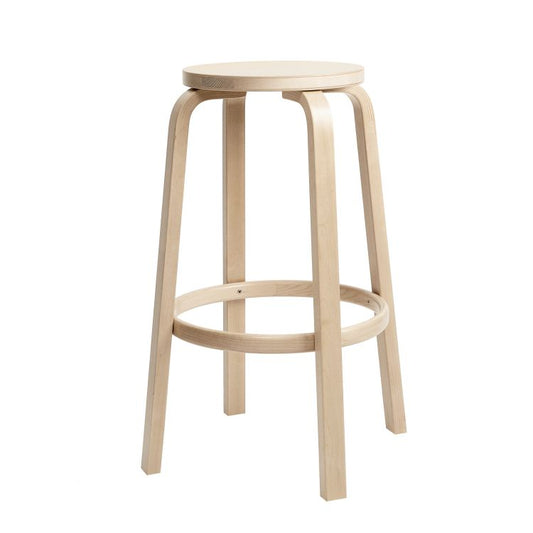 28%
28%





